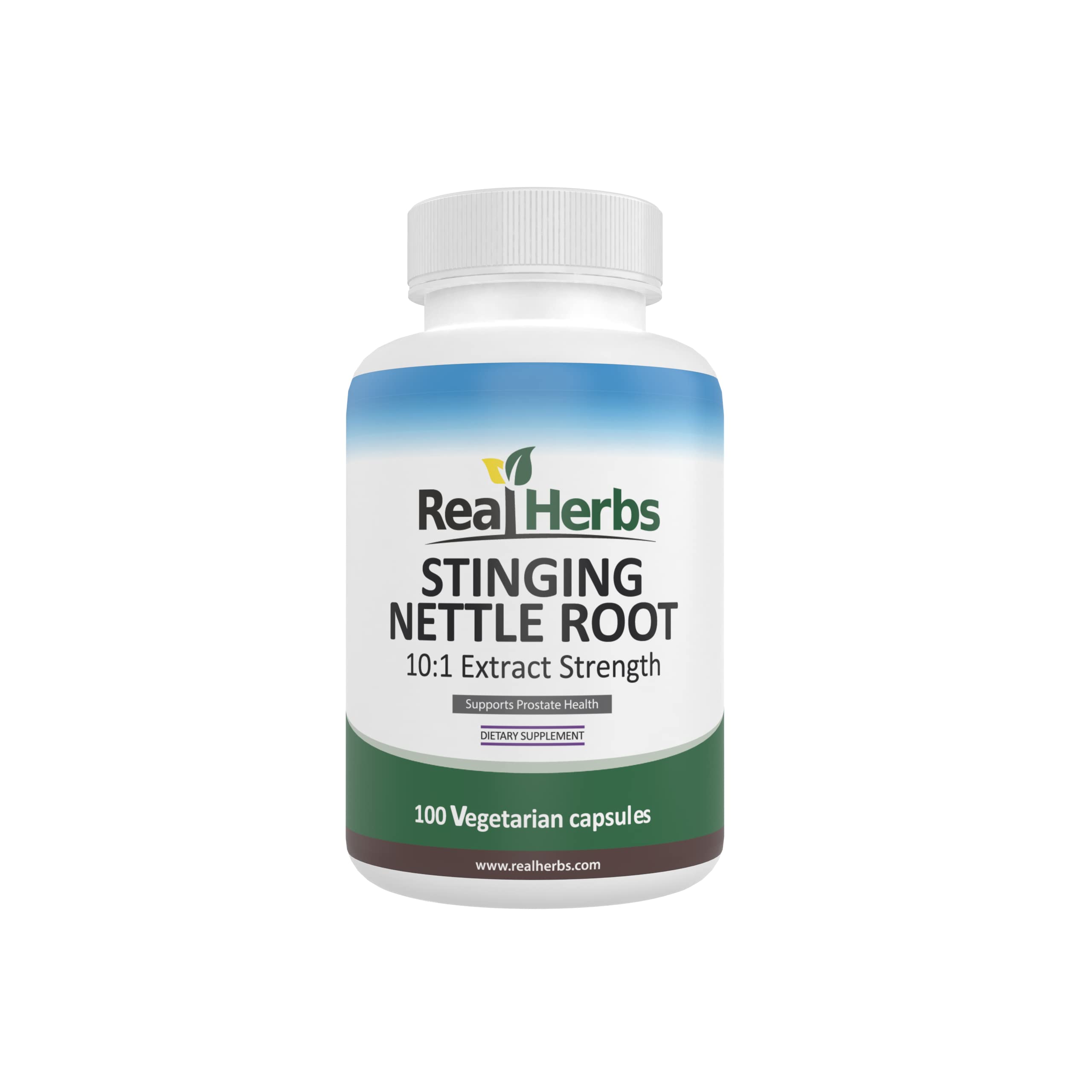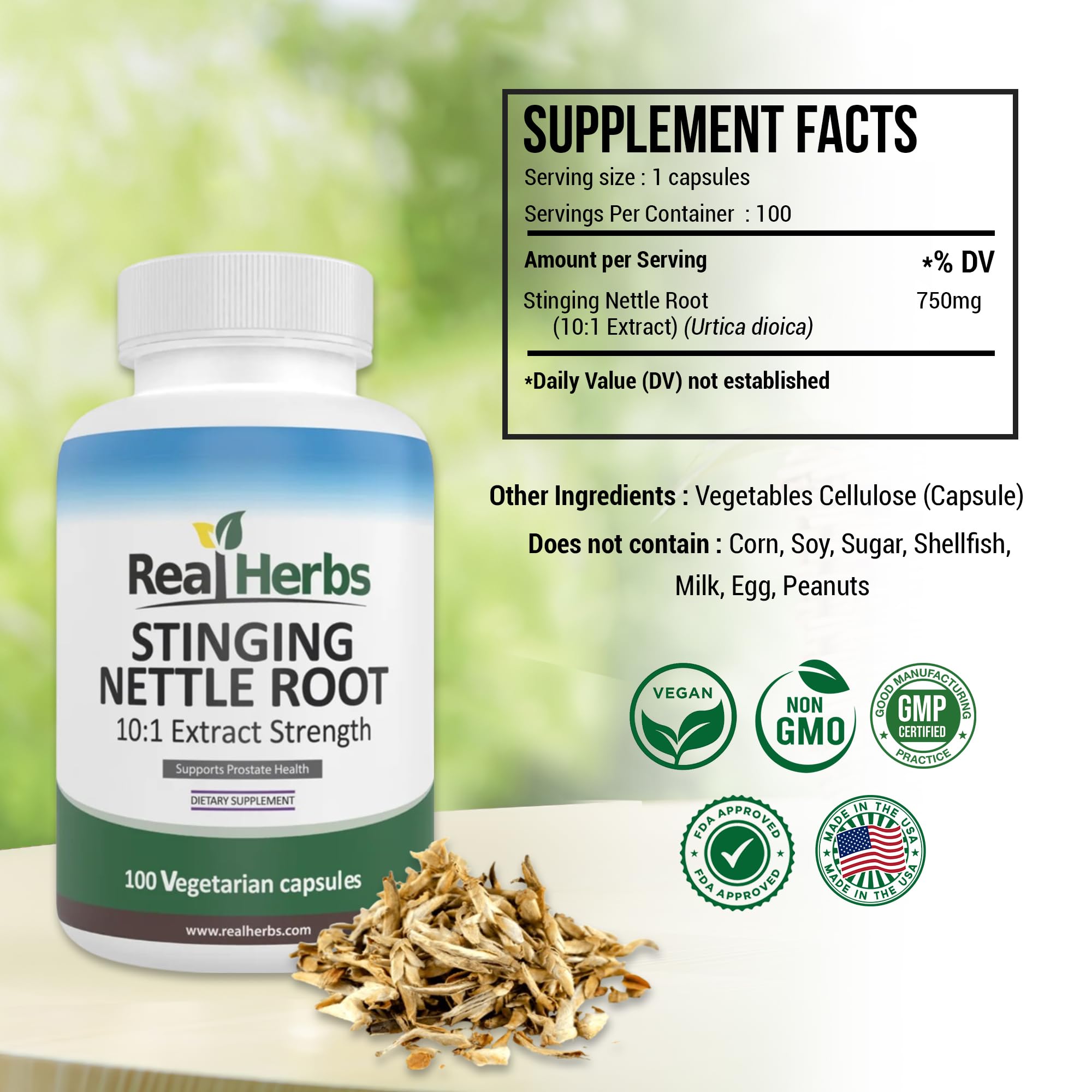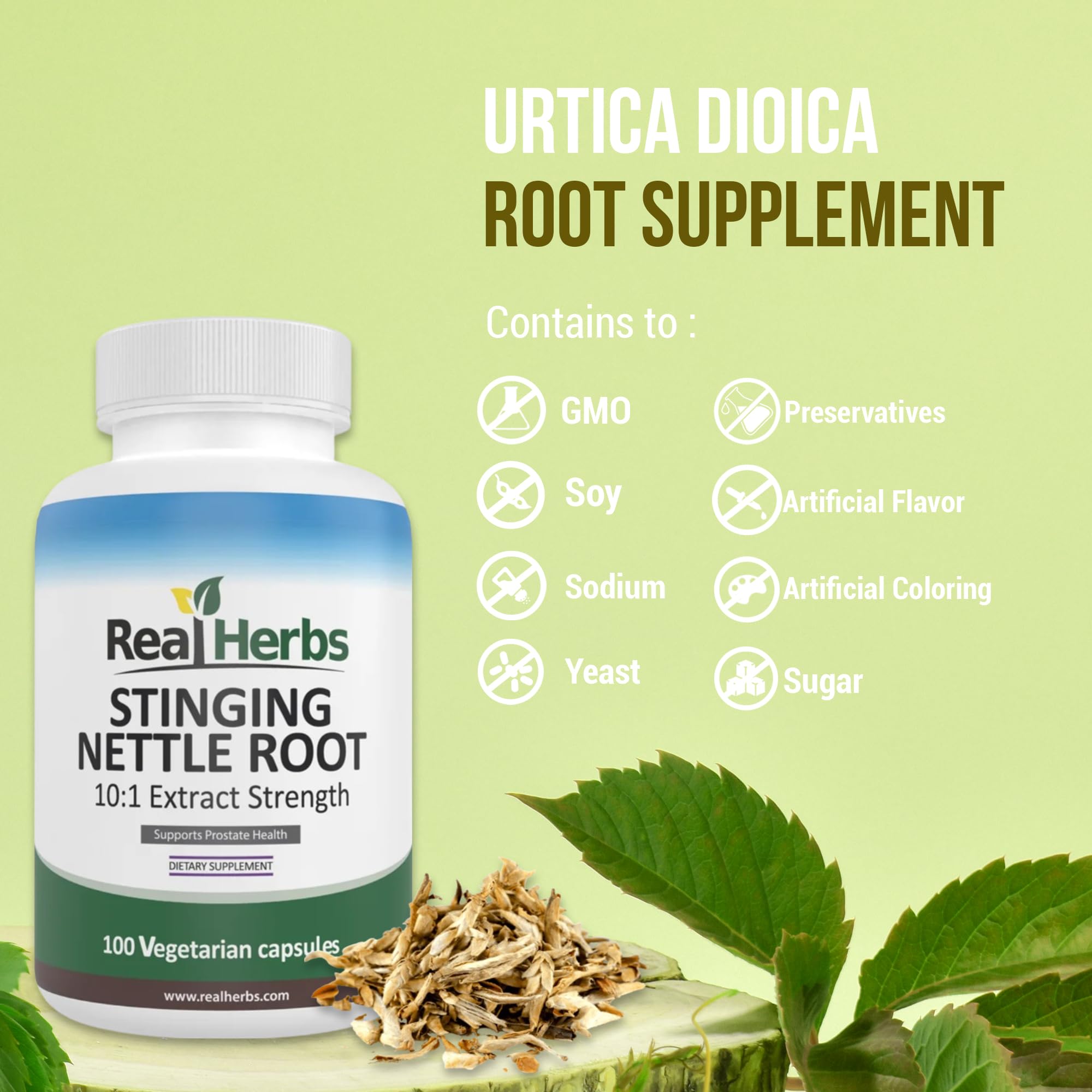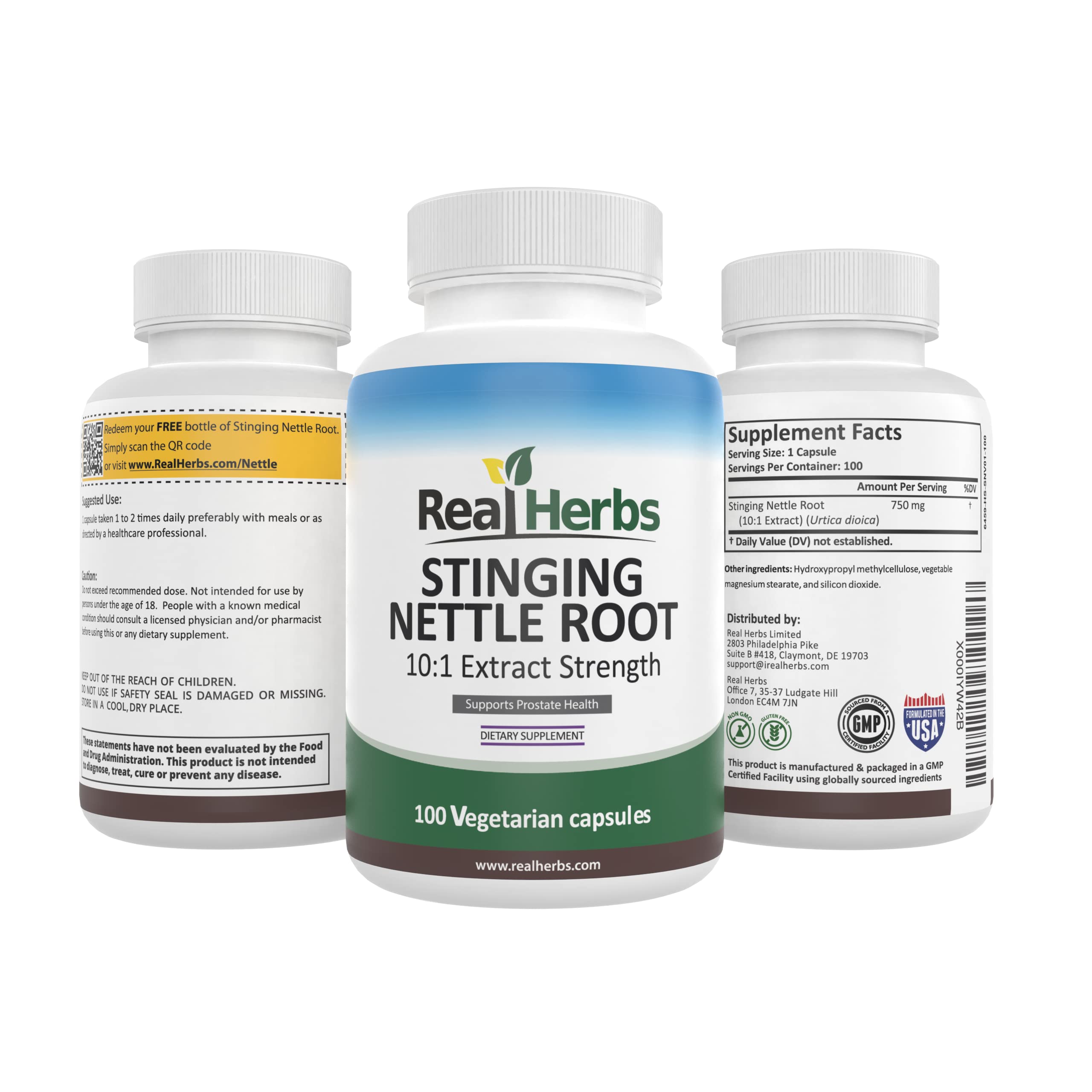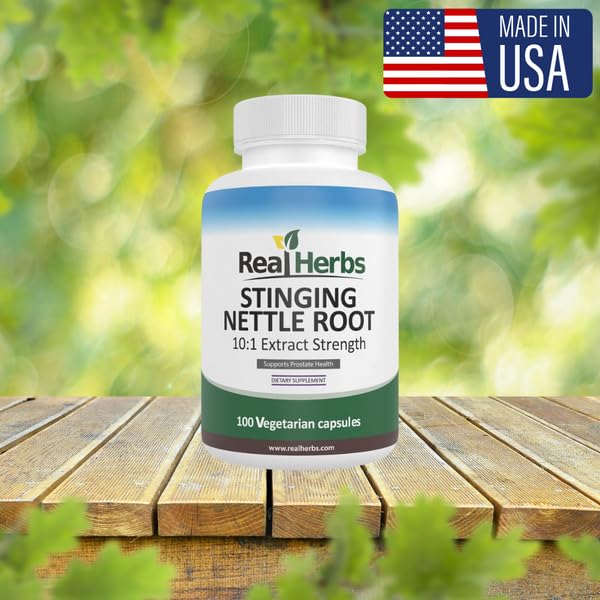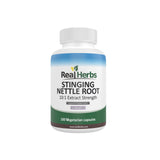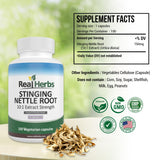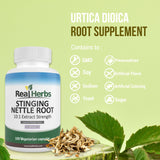Regrowing Your Hair with Stinging Nettle Root: A Natural Solution for Hair Loss
Alopecia, also known as hair loss, can be a distressing condition for those who suffer from it. There are numerous forms of hair loss, such as male and female pattern baldness, alopecia areata, and telogen effluvium. The most common type of hair loss is male and female pattern baldness, also known as androgenetic alopecia, which is caused by genetics and hormones. It typically manifests as thinning hair on the crown and front of the head, and it can progress to total baldness. Alopecia areata is an autoimmune disorder that causes patchy hair loss, whereas telogen effluvium is a temporary form of hair loss caused by a disruption in the hair growth cycle.
Hair loss symptoms may include thinning hair, a receding hairline, and bald patches. In extreme cases, a person may become completely bald. Hair loss can have a significant impact on a person's appearance and self-esteem, as well as cause anxiety and depression. Although hair loss is commonly associated with aging, it can also occur in younger people and is caused by a variety of factors, such as medications, medical conditions, and certain hairstyles and treatments.
History
Urtica dioica (stinging nettle) has been used for centuries as a medicinal herb. It is indigenous to Europe, Asia, and North America and has a long history of medicinal use. The plant's root is especially nutrient-dense and has been used to treat a variety of health conditions, including hair loss.
How it works
It is believed that stinging nettle root prevents hair loss by inhibiting the production of dihydrotestosterone (DHT). DHT is a hormone that contributes to male pattern baldness; it is produced when testosterone is converted to DHT by the enzyme 5-alpha reductase. DHT is believed to contribute to hair loss by causing hair follicles to shrink, resulting in hair that is thinner and weaker.
The lignans found in stinging nettle root are believed to inhibit the activity of 5-alpha reductase, thereby reducing the production of DHT. By inhibiting the production of DHT, stinging nettle root may promote hair growth and prevent hair loss.
Stinging nettle root may also promote hair growth by increasing blood flow to the scalp and stimulating the production of keratin, an essential protein for healthy hair. It may also possess anti-inflammatory properties that reduce inflammation and stimulate hair growth.
Overall, the precise mechanism by which stinging nettle root stimulates hair growth is not fully understood, and additional research is required to fully comprehend its effects on hair loss.
Studies and Results
Numerous studies have examined the use of stinging nettle root for hair loss. In 1998, a small study published in the Journal of the American Academy of Dermatology evaluated the efficacy of a product containing stinging nettle root, saw palmetto, and pygeum africanum in the treatment of male pattern baldness. The study involving 84 men with mild to moderate hair loss found that the treatment promoted hair growth effectively.
A 2002 study published in the journal Fitoterapia investigated the efficacy of a topical solution containing stinging nettle root in treating alopecia areata. Forty individuals with alopecia areata participated in the study, which concluded that the treatment effectively stimulated hair growth.
Overall, these studies indicate that stinging nettle root may be useful for promoting hair growth and treating certain types of hair loss. It is important to note, however, that the studies were small, and additional research is necessary to confirm the efficacy of stinging nettle root for hair loss.
Recommended Dosage
Depending on the product, the recommended dosage of stinging nettle root for hair loss varies. Generally, it is advised to adhere to the dosage instructions on the product label. In the aforementioned studies, daily doses of stinging nettle root ranged from 50 to 200 mg.
Conclusion
The stinging nettle root is a natural option for those seeking a treatment for hair loss. Early studies indicate that it may be effective in promoting hair growth and treating certain types of hair loss, although additional research is required to confirm its efficacy. Before beginning to use stinging nettle root, it is important to consult a healthcare provider, as with any dietary supplement.
References
- Journal of the American Academy of Dermatology. (1998). Efficacy of a combination of beta-sitosterol, saw palmetto, and pygeum africanum for the treatment of benign prostatic hyperplasia: a randomized trial. Retrieved from https://www.jaad.org/article/S0190-9622(98)70441-5/fulltext
- Fitoterapia. (2002). A randomized, placebo-controlled, double-blind clinical study on the effectiveness of a new product for the treatment of androgenetic alopecia. Retrieved from https://www.sciencedirect.com/science/article/pii/S0367326X02001767

